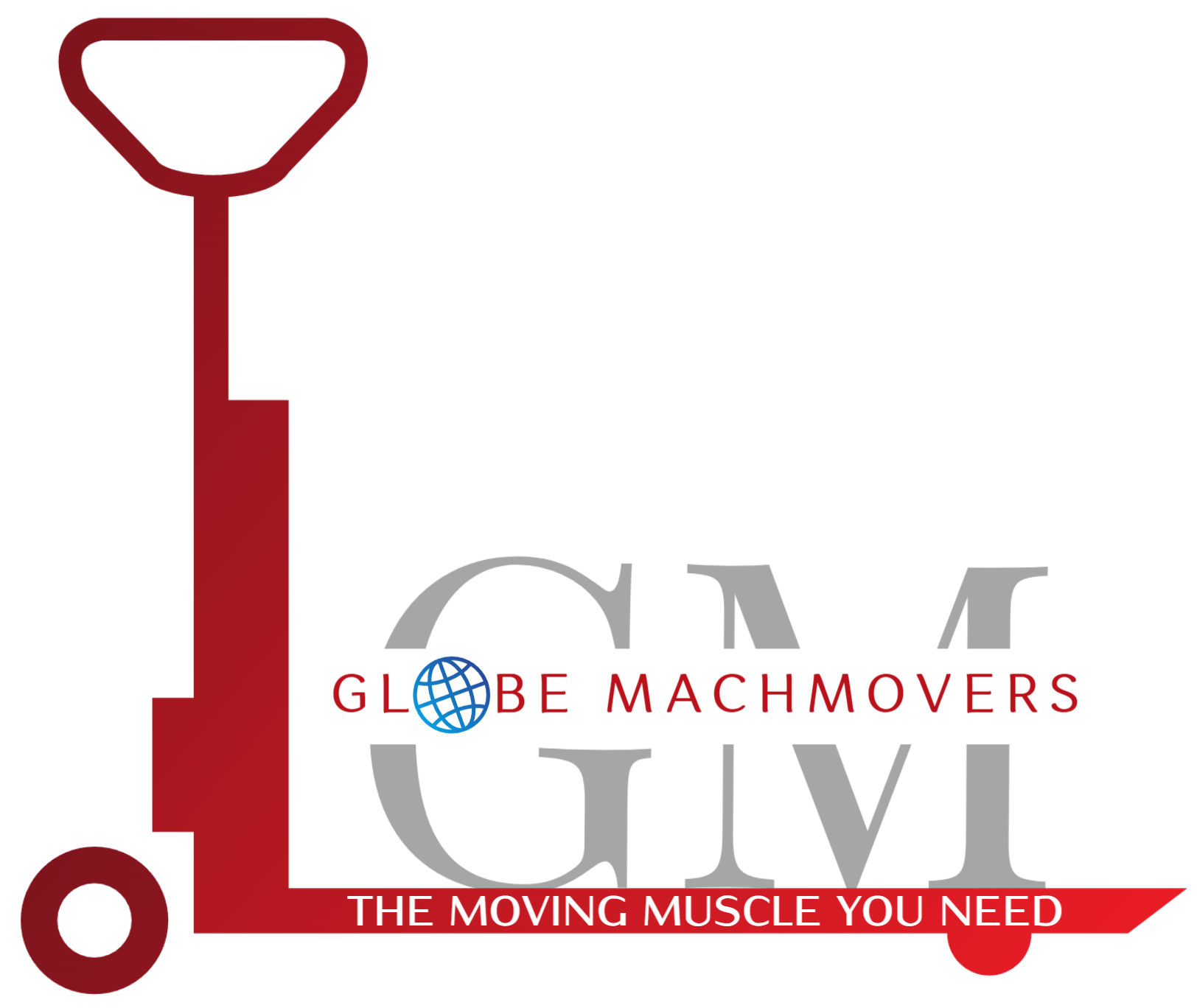A hydraulic stacker, also known as a hydraulic stacker truck or hydraulic pallet stacker, is a type of material handling equipment that uses hydraulic power to lift and transport loads. It is commonly used in warehouses, distribution centers, and other industrial environments for lifting and stacking palletized goods.

A Hydraulic Stacker Lift Lift is a large machine equipment used in bulk material handling applications. A lift stacker’s function is to pile bulk material such as limestone, ores or any other material onto a stockpile.
A stacker is a large machine used in bulk material handling. Its function is to pile bulk material such as limestone, ores, coal and cereals on to a stockpile. A reclaimer can be used to recover the material.
Here are some key features and characteristics of hydraulic stackers:
Lifting Mechanism: Hydraulic stackers utilize hydraulic cylinders or systems to raise and lower loads. The hydraulic power allows for smooth and controlled lifting, making it easier to handle heavy loads.
Load Capacity: Hydraulic stackers are available in various load capacities, ranging from a few hundred kilograms to several tons. The load capacity determines the maximum weight that the stacker can lift and transport safely.
Forks: Hydraulic stackers are equipped with forks that support and lift loads. The forks are typically adjustable in width to accommodate different pallet sizes. They can be raised and lowered using the hydraulic lifting mechanism.
Power Source: Hydraulic stackers are powered by hydraulic systems, which are often operated by hand pumps or electric-powered hydraulic units. Some stackers have built-in rechargeable batteries for electric hydraulic operation.
Maneuverability: Hydraulic stackers are designed to be maneuverable and compact, allowing them to navigate through narrow aisles and tight spaces. They often have small turning radii and ergonomic handles or controls for easy maneuvering.
Safety Features: Hydraulic stackers are equipped with safety features to ensure operator and load safety. These may include safety switches, emergency stop buttons, load backrests, and stability-enhancing features to prevent accidents and protect operators.
Stacking Height: Hydraulic stackers have a maximum stacking height, which determines how high they can lift and stack loads. The stacking height varies depending on the specific model and capacity of the stacker.
Applications: Hydraulic stackers are commonly used for lifting and stacking palletized goods in various industrial applications, such as warehouses, manufacturing facilities, retail stores, and logistics operations. They are suitable for both indoor and outdoor use, depending on the specific model and configuration.
Hydraulic stackers provide a cost-effective and efficient solution for lifting and transporting loads, especially in situations where a full-sized forklift may not be required or practical. They offer versatility, ease of use, and improved productivity in material handling operations. When using a hydraulic stacker, it’s important to follow safety guidelines, receive proper training, and adhere to the manufacturer’s instructions to ensure safe and efficient operation.

Hydraulic stackers offer several benefits and features that make them valuable material handling equipment in various industrial settings. Here are some key benefits and features of hydraulic stackers:
Benefits:
Versatility: Hydraulic stackers can handle a wide range of loads, including palletized goods, containers, and other materials. They are suitable for different industries, such as warehousing, manufacturing, logistics, and retail.
Space Efficiency: Hydraulic stackers are designed to operate in narrow aisles and confined spaces. Their compact size and maneuverability allow for efficient use of storage space, maximizing warehouse capacity.
Improved Productivity: Hydraulic stackers enable efficient load handling and stacking operations, resulting in increased productivity. They can lift and transport loads to desired locations quickly, minimizing downtime and improving workflow.
Ergonomics: Hydraulic stackers are designed with operator comfort and safety in mind. They often feature ergonomic handles, controls, and adjustable components to reduce operator fatigue and promote efficient and safe operation.
Cost-Effective: Hydraulic stackers are generally more affordable than full-sized forklifts. They provide a cost-effective solution for businesses that require lifting and stacking capabilities without the need for larger, more expensive equipment.
Features:
Lifting Mechanism: Hydraulic stackers utilize hydraulic power to raise and lower loads. The hydraulic lifting mechanism allows for smooth, controlled, and precise lifting, making it easier to handle heavy loads.
Load Capacity: Hydraulic stackers come in different load capacities, allowing for the handling of various load sizes and weights. The load capacity can range from a few hundred kilograms to several tons, depending on the stacker’s specifications.
Forks: Hydraulic stackers are equipped with forks that support and lift loads. The forks are typically adjustable in width to accommodate different pallet sizes. They can be raised and lowered using the hydraulic lifting mechanism.
Power Source: Hydraulic stackers can be powered by manual effort, electric-powered hydraulic units, or rechargeable batteries. The choice of power source depends on factors such as the specific model, workload requirements, and operating conditions.
Maneuverability: Hydraulic stackers are designed for easy maneuverability in narrow spaces and aisles. They often have small turning radii, allowing operators to navigate tight areas with ease.
Safety Features: Hydraulic stackers are equipped with safety features to ensure operator and load safety. These may include safety switches, emergency stop buttons, load backrests, and stability-enhancing features to prevent accidents and protect operators.
Stacking Height: Hydraulic stackers have a maximum stacking height, which determines how high they can lift and stack loads. The stacking height varies based on the stacker’s capacity and model.
Maintenance and Serviceability: Hydraulic stackers are generally easy to maintain and service. They require periodic inspection, lubrication, and maintenance according to the manufacturer’s guidelines to ensure their optimal performance and longevity.
Hydraulic stackers offer efficient, reliable, and cost-effective solutions for lifting and transporting loads. They enhance material handling operations, improve productivity, and contribute to a safer working environment. When using a hydraulic stacker, it’s important to follow safety guidelines, receive proper training, and adhere to the manufacturer’s instructions to ensure safe and efficient operation.



